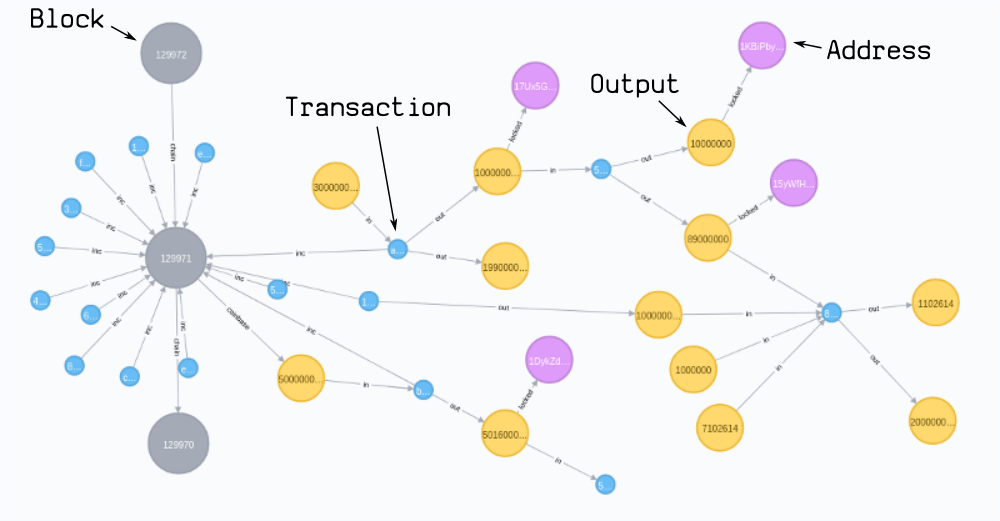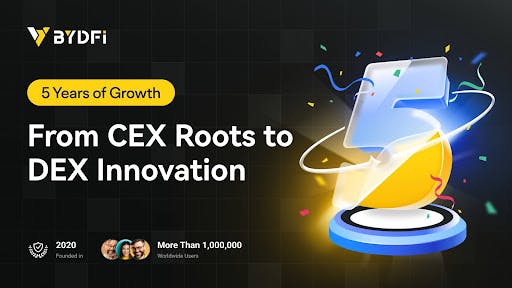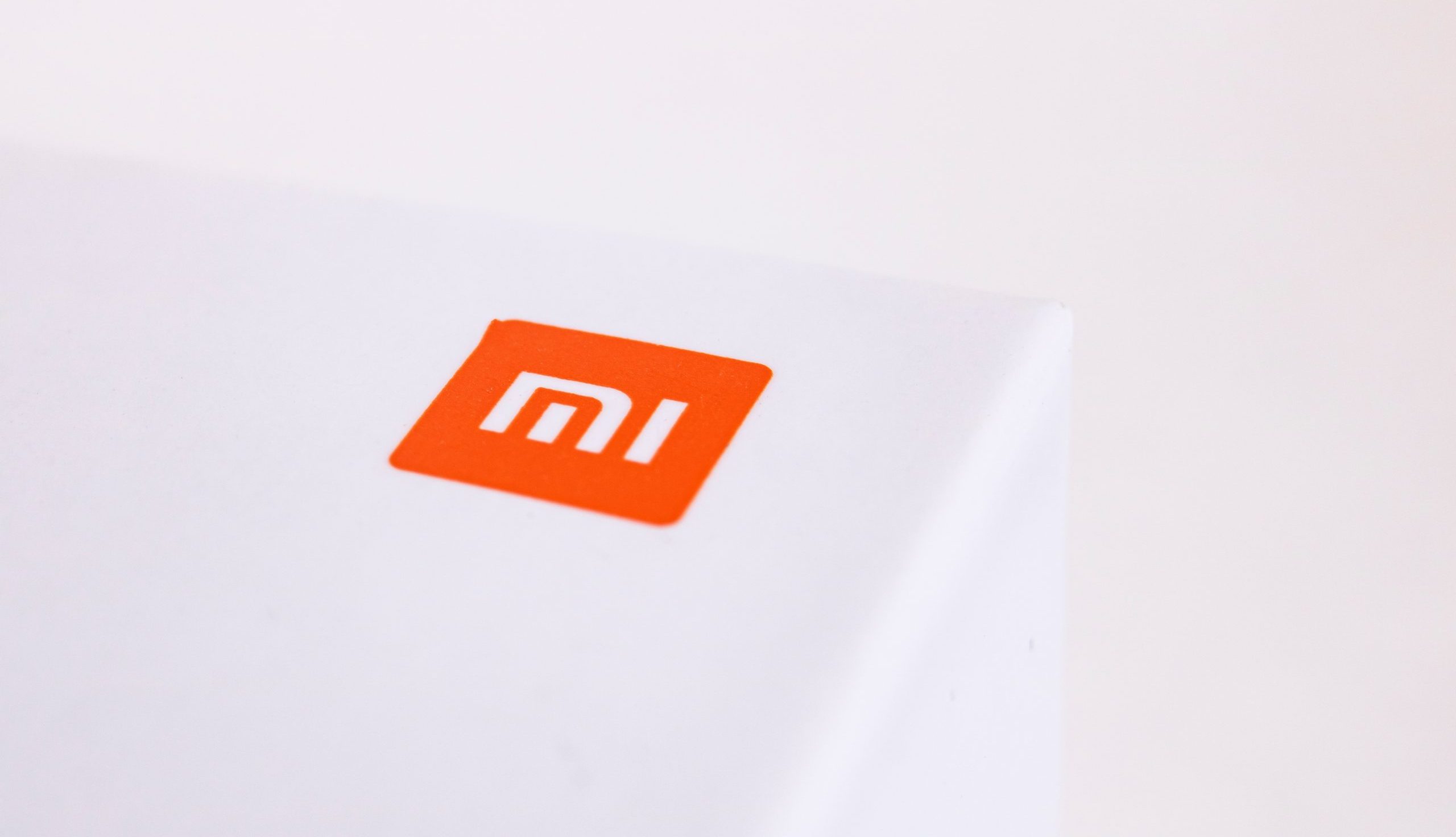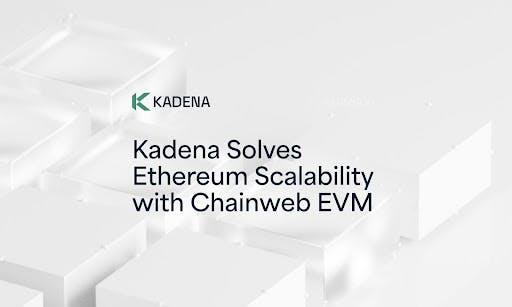Author:
(1) Prakhyat Khati, Computer Science, University of Saskatchewa, Saskatoon, Canada ([email protected]).
Table of Links
Abstract and 1 Introduction
2 Related Works
3 Datasets and Experiment Setup
4 Methodology
4.1 NFTs Transaction Network
4.2 NFTs Bubble Prediction
5 Discussion and Conclusions, and References
Graph analysis of Blockchain networks. Several works explored cryptocurrency networks based on graph theory and network analysis. Among them, BitCoinView[17] was developed to visualize the flow of the bitcoin transaction graph. This can be used to understand what essential things are needed and to be considered to visualize a transaction. Similarly, numerous algorithms have been developed to discover the relationship between smart contracts and tokens[18] and understand the ecosystem of Ethereum using graph analysis.
Very recently, S. Casale-Brunet[19] analyzed the NFTs communities; the author selected the top 8 NFT collection projects and claimed that the NFT network graph follows power-law in their degree distribution; they also compared the topological values with social network and web networks, ERC-20 token networks. Our approach is quite similar, but we have added Temporal analysis of the NFT network and predicted the network bubble. Similarly, to understand a node’s influence in the blockchain network. Maeng, Soohoon Essaid, and Meryam [20]have worked on the visualization of Ethereum p2p network topology and analyzed the attributes of the network such as node degree, path length, diameter, and clustering coefficient. They then explore the node properties and provide analytical results regarding the relationship between nodes, heavily connected nodes, node geo-distribution, security issues, and possible attacks over the influential nodes.
Network properties of transaction graphs. Bernhard Haslhofer, Roman karl and Erwin Filtz[21]studied the large-scale network properties of Bitcoin transaction graphs. Similar work was done by Ron D and Shamir A[22]. D’angelo studies only the transaction of the Ethereum network[23]. There has been numerous network analysis of the ERC-20 token. Somin et al[24] investigated the entire address graph spanned by ERC20 token trade-in the Ethereum blockchain and studied the social signal in the Ethereum ERC20 token trading network.[25]. Victor and Luders recently measured Ethereum based ERC-20 token network. [26]. Much less work has been done in the NFT ERC-721 trading network. S. Casale Brunet, P. Ribeca, P. Doyle, and M/. Mattavelli was among the first to propose a systematic analysis of the transaction network. [11].
All the transaction carried on the blockchain is publicly available; because of this, empirical study of NFT markets and ideas for implementation in different sectors can be seen. Recently Nadini, et al is the first empirical study on NFTs. They have analyzed a massive 6.1 million NFT trade transaction between 2017 and 2021[27]. They also have mentioned ways to detect communities and analysis them. Ante l[28]studied the relationship between Bitcoin and Ethereum and NFT sales.
Bubble prediction on Cryptocurrencies. Bubble prediction on big cryptocurrencies, such as Bitcoin, Ethereum, and Solana. Basically, having high market capital has been a popular topic. One of the early from 2014, Macdonell A[15] is the first paper to study this topic of bubble prediction. Here the author used the LPPL model as well. Since then, there have been numerous research on bubble prediction. Buanchetti M and ItoK, shibanoK [29], [30] studied different ways of using the LPPL model in other cryptocurrencies. In most of the papers, the commonly used model is the LPPL model. That is the reason behind the chosen LPPL model for the NFT bubble prediction. Some of the papers have tried adding new terms to the model and tried fusing models to observe a new finding. [31]Though the commonly used model is the LPPL model. Some of the research attempted to use the machine learning approach [32] to predict the price of the cryptocurrency price bubble[33].
There is not much work done on bubble prediction of the NFT bubble. The NFTs marketplace, such as Open Sea, shows a strong growing market, but the evaluation of the NFTs collection market is lacking. Very recently and almost concurrent to ours [34] analyzed the top 5 NFTs and predicted the bubble for each NFTs collection as per their size. Our approach is quite similar, but we are using the LPPL model only for a single NFTs collection.



/cdn.vox-cdn.com/uploads/chorus_asset/file/24533980/STK417_banking_money_1.jpg)







